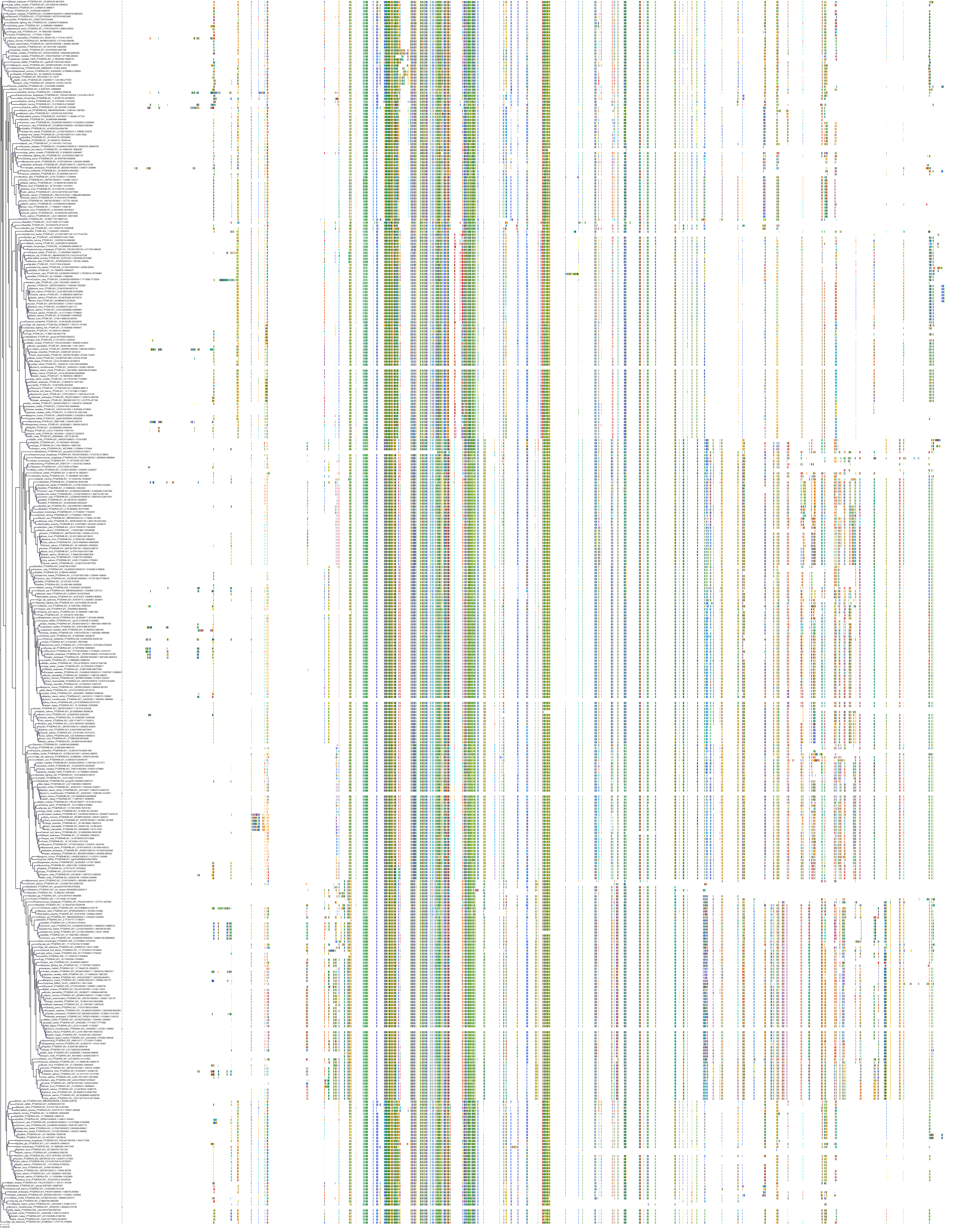| Synonyms | |
| Status | |
| Molecule Category | UNKNOWN |
| UNII | SS2LQQ8094 |
Structure
| InChI Key | CADWTPLFEZSAHM-UHFFFAOYSA-N |
|---|---|
| Smiles | |
| InChI |
|
Physicochemical Descriptors
| Property Name | Value |
|---|---|
| Molecular Formula | C26H27F3N2O3 |
| Molecular Weight | 472.51 |
| AlogP | 4.95 |
| Hydrogen Bond Acceptor | 3.0 |
| Hydrogen Bond Donor | 2.0 |
| Number of Rotational Bond | 6.0 |
| Polar Surface Area | 69.64 |
| Molecular species | ACID |
| Aromatic Rings | 2.0 |
| Heavy Atoms | 34.0 |
Bioactivity
|
Protein: Prostanoid EP4 receptor Description: Prostaglandin E2 receptor EP4 subtype Organism : Homo sapiens P35408 ENSG00000171522 |
||||
Cross References
| Resources | Reference |
|---|---|
| ChEMBL | CHEMBL3920982 |
| DrugBank | DB16111 |
| FDA SRS | SS2LQQ8094 |
| PubChem | 71186236 |
| SureChEMBL | SCHEMBL14486354 |








